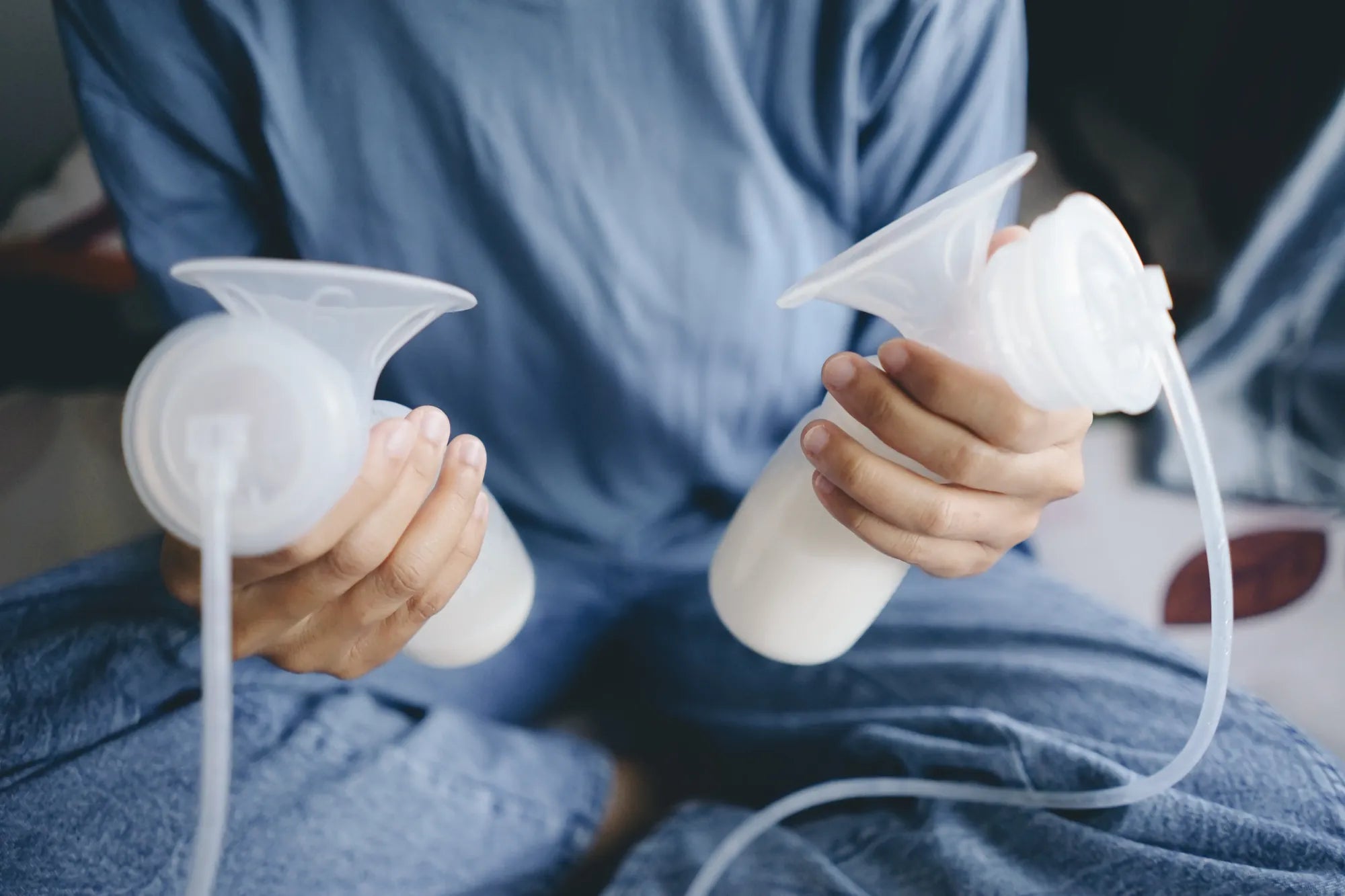Inicio
Pregnancy, Breastfeeding, and Pumping: The Ultimate Guide for Moms
How Long Should You Boil Breast Pump Parts: A Complete Guide

How Long Should You Boil Breast Pump Parts: A Complete Guide
When it comes to maintaining the hygiene of breast pump parts, boiling is one of the most effective methods. However, many parents are unsure about the correct duration and process. This guide will walk you through everything you need to know about how long you should boil breast pump parts and why it’s crucial for your baby’s health.
Why Boiling Breast Pump Parts is Important
Boiling breast pump parts is a critical step in ensuring they are free from harmful bacteria, viruses, and other contaminants. Breast milk is a nutrient-rich substance that can easily become a breeding ground for germs if the equipment used to extract and store it is not properly sterilized. Boiling is a simple yet effective way to kill most microorganisms, providing a safe environment for your baby’s milk.
How Long Should You Boil Breast Pump Parts?
The recommended time for boiling breast pump parts is typically between 5 to 10 minutes. This duration is sufficient to kill most bacteria and viruses without damaging the components. However, it’s essential to check the manufacturer’s guidelines for specific recommendations, as some materials may have different tolerances to heat.
Step-by-Step Guide to Boiling Breast Pump Parts
Here’s a simple step-by-step guide to ensure you boil your breast pump parts correctly:
- Disassemble the Parts: Take apart all the components of your breast pump. This includes bottles, valves, membranes, and any other detachable parts.
- Clean Thoroughly: Wash all the parts with warm, soapy water to remove any milk residue. Use a brush to reach small crevices.
- Boil Water: Fill a large pot with enough water to fully submerge the parts. Bring the water to a rolling boil.
- Submerge the Parts: Carefully place the disassembled parts into the boiling water. Ensure they are fully submerged.
- Boil for 5-10 Minutes: Allow the parts to boil for the recommended time. Avoid boiling for longer than necessary to prevent damage.
- Remove and Dry: Use clean tongs to remove the parts from the water. Place them on a clean, dry towel or drying rack to air dry completely.
Tips for Effective Sterilization
To ensure the best results, keep these tips in mind:
- Use a Dedicated Pot: Designate a specific pot for sterilizing breast pump parts to avoid cross-contamination.
- Check for Damage: Regularly inspect your breast pump parts for signs of wear and tear. Replace any damaged components promptly.
- Store Properly: Once dry, store the parts in a clean, covered container to prevent contamination before use.
Alternatives to Boiling
While boiling is a popular method, there are other ways to sterilize breast pump parts:
- Steam Sterilizers: Electric steam sterilizers are quick and convenient, often taking just a few minutes to complete the process.
- Microwave Sterilization Bags: These bags are designed for sterilizing baby items in the microwave and are a great option for busy parents.
- Cold Water Sterilization: Using sterilizing tablets or solutions in cold water is another effective method, though it may take longer than boiling.
Common Mistakes to Avoid
When boiling breast pump parts, avoid these common pitfalls:
- Over-Boiling: Boiling for too long can damage plastic parts, making them less effective or even unsafe.
- Incomplete Cleaning: Failing to clean parts thoroughly before boiling can leave residue that harbors bacteria.
- Improper Drying: Storing parts before they are completely dry can lead to mold or bacterial growth.
Frequently Asked Questions
How often should I boil breast pump parts?
It’s recommended to sterilize breast pump parts at least once a day, especially if your baby is younger than three months or has a weakened immune system.
Can I boil all breast pump parts?
Most breast pump parts are safe to boil, but always check the manufacturer’s instructions to confirm. Some components, like certain valves or membranes, may require alternative sterilization methods.
Is boiling better than other sterilization methods?
Boiling is highly effective and cost-efficient, but other methods like steam sterilizers may be more convenient for some parents.
Properly sterilizing your breast pump parts is a small but significant step in ensuring your baby’s health and safety. By following the guidelines above, you can confidently maintain a clean and hygienic pumping routine. Remember, a little extra care goes a long way in protecting your little one from harmful germs.
Compartir
